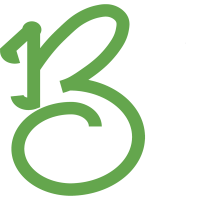
"Understanding Taxes: Direct vs. Indirect Explained Clearly"
-
- 0 Share
- 691 Views
TAX: It refers to compulsory monetary charges paid by citizens for rendering services. It collected for people by the people and its features:
- It is compulsory monetary payment.
- Direct benefits in return are not expected at time of tax payment.
- The fund collected from taxes is spent for welfare of people.
TYPES OF TAXES:
1.Direct tax: When the impact and incidence of tax falls on the same person on whom it is imposed legally it is called direct tax. For eg: property tax, income tax etc.
ITS FEATURES:
- Certainty: There is no uncertainty how much and when the tax is to be paid. The tax authorities are also certain about the amount of revenue.
- Elastic: Direct tax is elastic. The government can increase or decrease the amount of revenue by changing the rate of direct tax.
- Productivity: Direct tax is productive. At the time of prosperity, the income of the people rises and they are paying higher tax to the government.
- Educative: In direct tax, the taxpayer bearstax. The actual taxpayer is conscious about his/ her rights to know about utilization of tax.
2.Indirect tax: When the impact of tax falls on one person and incidence of tax is shifted to another, it is called indirect tax. For eg: exercises, custom duty etc.
ITS FEATURES:
- Shifting of tax burden: The burden of indirect tax can be shifted partly or wholly to another person. The producers or traders pay the tax imposed on commodities.
- Broad based: The area of indirect tax is broad. It covers most people, rich or poor because they have to purchase the commodities in which tax is imposed.
- Difficulty of evasion: Indirect tax is paid with the price of goods. It is difficult to avoid such tax.
- Convenient: Indirect tax is convenient to pay. The final taxpayers pay this tax in small amounts at time of purchasing goods.
DIFFERENCE BETWEEN DIRECT AND INDIRECT TAX:
| Direct tax | Indirect tax |
|
|
|
|
|
|
|
|
|
|
Please
